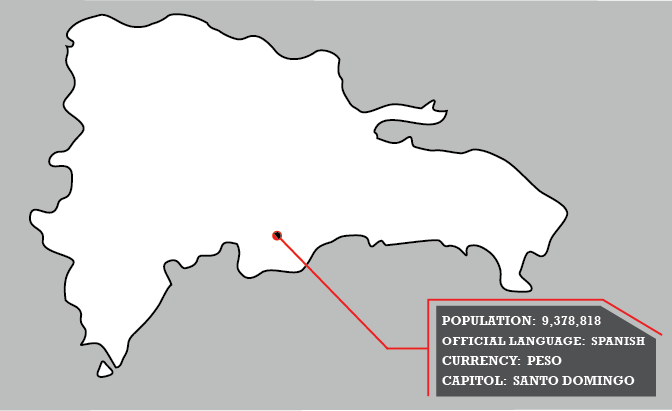Dominican Republic

COUNTRY PROFILE
Dominican Republic is not just another tiny Caribbean island with a beach and a straw market. Instead, it's a big country with spectacularly varied scenery that includes the tallest mountains (with elevations of more than 10,000 ft/3,048 m) and lowest point (more than 100 ft/31 m below sea level) in the region; ecosystems that range from desert to cloud forest; stretches of talcum-white sand that run unbroken for miles/kilometers.
Although the growth in tourism has eased some of the country's economic troubles, it hasn't ended the desperate conditions experienced by many Dominicans. The unemployment rate is high, and more than a quarter of the people live in poverty—residing in shantytowns and rural shacks that even visitors to all-inclusive resorts will find hard to ignore. Despite extreme poverty throughout the island, the nation has a robust economy. Agriculture continues to be the economic mainstay and sugar is the most important export, but the republic's tobacco industry is also important.
The early decades of independence were marked by constant civil wars between competing caudillos (wealthy, power-hungry leaders), and by several Haitian invasions. The government remained in turmoil well into the 1900s, with the U.S. intervening on several occasions. At one point, an annexation agreement was drawn up to make the Dominican Republic part of the U.S. It was ratified by the Dominican Senate but defeated by the U.S. Senate in 1870.
The Dominican Republic outranks all other countries in the Caribbean and Central America for producing major-league baseball players, including superstars such as David Ortiz, Sammy Sosa and Pedro Martinez. Many honed their skills in poverty-stricken sugarcane communities around San Pedro de Macoris and La Romana.
DATES
Call for custom dates.
AGE REQUIRMENT
13 and up



